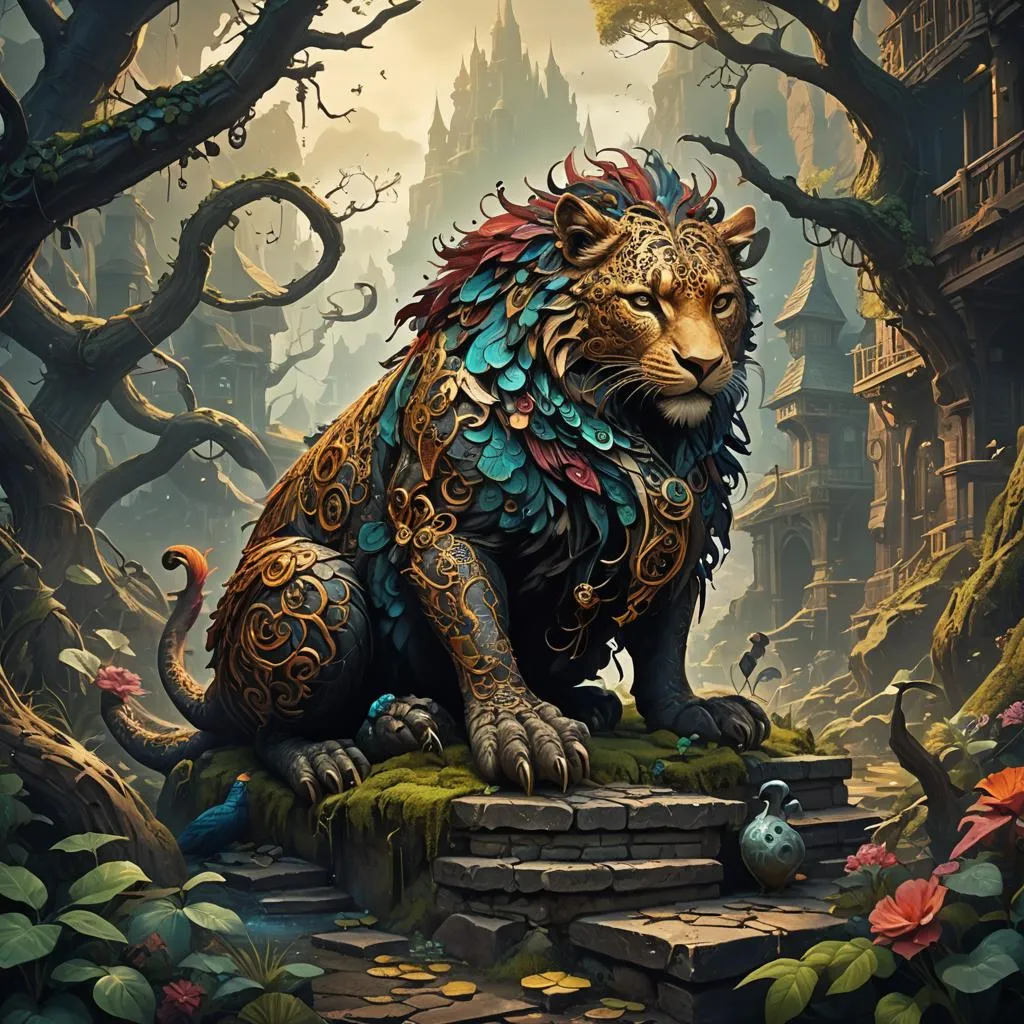
The connection that’s its own key
Life is a consistent dance among “something” and “nothing.” We spend an awful lot of our time in pursuit of “something”—achievement, happiness, connection—but we often want moments of “not anything” to recharge and reflect. This balance is crucial for preserving a wholesome and gratifying life. In our pursuit of “something,” it’s easy to fall into the lure of over-committing and overworking, wondering that greater always equates to better. However, without moments of “not anything,” we risk burnout, losing sight of what clearly matters.
coexist harmoniously.
On the flip facet, too much “not anything” can cause stagnation and neglected possibilities. The task lies in locating that sensitive stability where “something” and “nothing” coexist harmoniously. This may imply placing boundaries on our time, learning to mention no, or embracing downtime without guilt. It’s approximately recognizing that both “something” and “not anything” have their region. The secret is to take into account of when to push forward and while dragging lower back, to understand that productivity and relaxation are not opposites but companions in a nicely-lived lifestyles.
It is so heavy yet just a single symbol
The ampersand (&) is a curious little symbol that stands as a bridge between two worlds—representing connection, inclusion, and the essence of togetherness. It’s a simple, elegant twist of lines, yet it holds the weight of conjunction, much like the delicate balance between something and nothing. In every sentence it graces, it implies more than what is visible; it hints at possibilities, combinations, and unions.
Not complete but extended
At its core, the ampersand is a story of and. It brings a sense of completion, not by ending, but by extending. It’s not just a character on a keyboard; it’s the quiet promise of more—a whisper that there’s always something else. It doesn’t stand alone but is always in the company of others, making it the ultimate symbol of relationships. It’s the partner of partnerships, the friend of friendships, and the lover of love itself.

The peacekeeper even joining opposites.
The & is versatile, a shape-shifter that seamlessly joins words, ideas, and even opposites. It sits comfortably between something & nothing, suggesting that the boundary between the two is not as stark as it seems. It is the in-between, the link that defies the binary, insisting that the existence of one implies the potential of the other. It’s in the ampersand that we find the magic of duality—a space where paradoxes coexist, where the weight of something is lightened by the possibility of nothing, and vice versa.

& et was around before robin hood
The ampersand’s history is as twisted and intertwined as the symbol itself. Originating from the Latin word “et,” meaning “and,” it has evolved through centuries of script and print, carrying with it the essence of its origins while adapting to the needs of modern communication. It is as much a relic of the past as it is a staple of the present, showing up in logos, brands, and art, asserting itself as a timeless connector.
And so, the & remains, ever-present yet often overlooked. It is the silent partner in every sentence, the understated hero of conjunctions. It reminds us that there is always more—more to say, more to do, more to connect. It’s a simple shape, but within its curves and twists lies a profound message: that everything is connected, and in the space between something and nothing, there lies the promise of &.